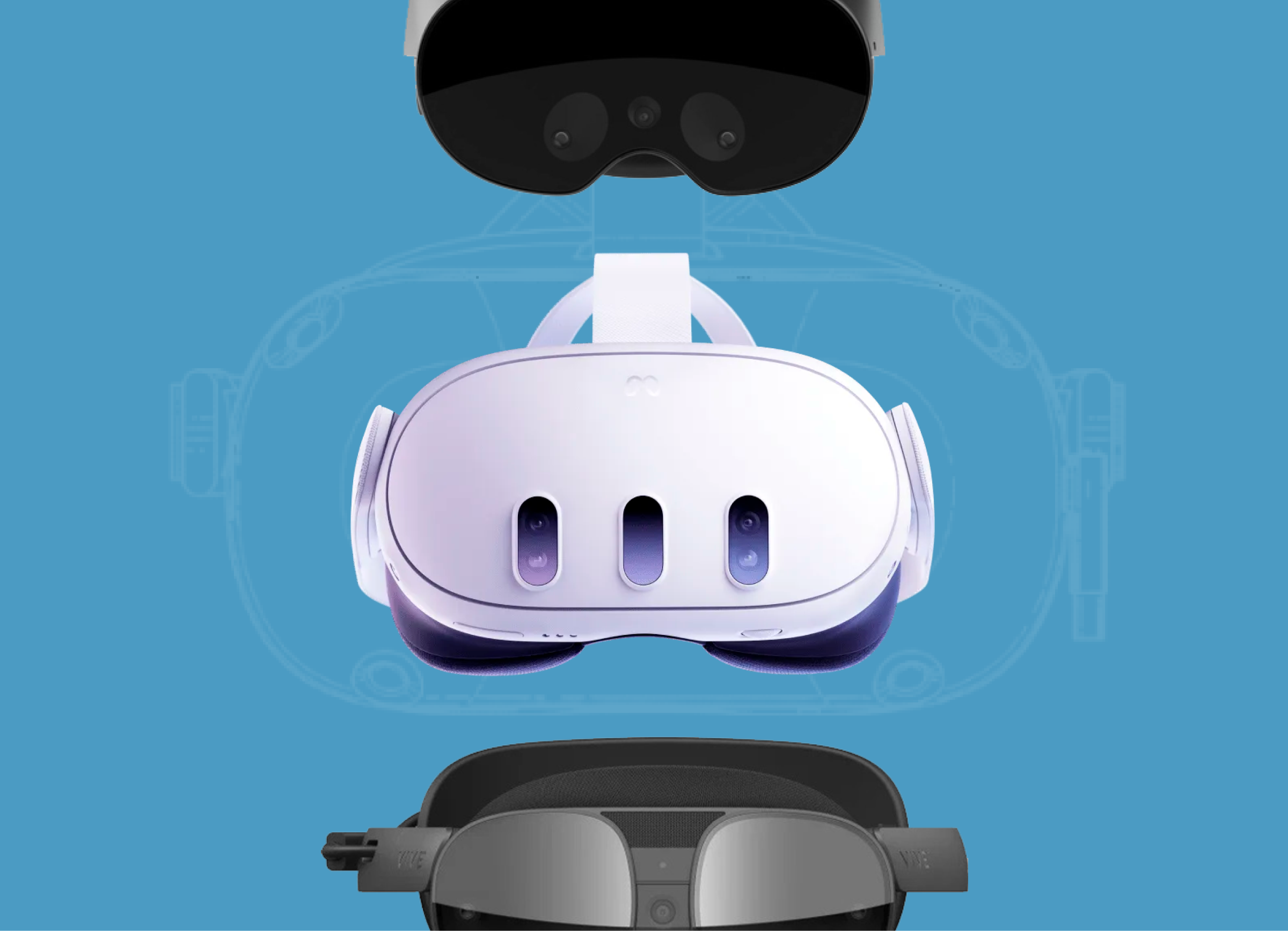
Over the past two years, my role as Head of Delivery at Qualium Systems has exposed me to the dynamics of remote work. Remote work is a nuanced topic, with varying perspectives on its advantages and challenges. Some view remote jobs as a liberating solution, offering flexibility, autonomy, and the ability to work from virtually anywhere. However, analyzing the performance of each team member, including myself, in remote work conditions led to a notable revelation.
Remote Work’s Positive Impact
Discarding ineffective or unproductive employees and focusing solely on dedicated team members resulted in a 15-25% overall increase in efficiency compared to office work. Factors contributing to this improvement include:
- No wasted time commuting to the office.
- Less unnecessary chit-chat and idle talk by the water cooler or coffee machine.
- No need to spend time searching for a meeting room or juggling between different tasks (meetings, colleague questions, etc.).
All of this adds up to a boost in personal efficiency. Furthermore, I’ve noticed a positive overall trend: our team members are putting in more work hours than when we were working in person!
Navigating Challenges of Remote Collaboration
Examining the company’s efficiency during full-time remote work reveals a more intricate situation. While remote work enhances personal productivity, certain processes, such as testing new technologies or conducting internal presentations, become logistically challenging and time-consuming.
Read also: 5 Things Project Managers Should Pay Attention To
Now, let’s delve into a scenario where we want to try out a new library or technology in a Proof of Concept (POC) format or conduct a presentation demonstration with internal costs.
In the offline setting, it’s a straightforward process:
- Identify an available engineer.
- Provide the engineer with the necessary devices (glasses, tablet, mobile device, etc.) required for the library, or develop a visual demonstration.
- Develop, test, and publish the demonstration material.
- Record a demonstration video and share it on social media.

Now, let’s take a peek at how the process unfolds under remote work conditions:
- Finding Available Engineers: Identifying available engineers remains straightforward.
- Logistics and Device Distribution: Managing numerous devices for each team member becomes a logistical challenge, requiring extra time for distribution.
- Increased Meeting Time: More time is spent on 1-2 meetings compared to the initial step.
- Quality Compromises: The remote setup may compromise the quality of demonstrations or miss certain UX functionalities due to limitations.
- Video Production Challenges: Recording a demonstration video at home poses technical challenges, potentially affecting the quality or time spent.
As you can see, the challenges are evidently more pronounced when it comes to testing new libraries or technologies remotely.

Striking a Balance for Maximum Efficiency
In conclusion, personal efficiency can thrive in remote work, but company efficiency may face challenges. Striking the right balance involves carefully analyzing company processes and seeking optimal solutions to support collaboration and employee productivity.



